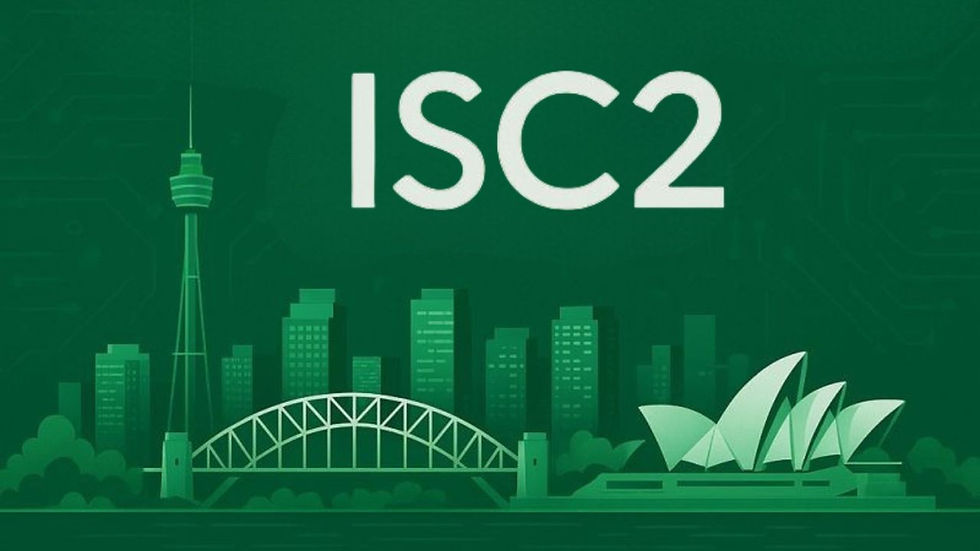Healthcare, Mining, Agriculture: Decoding Australia’s AI Adoption Roadblocks with Ima Miri
- Juan Allan
- Jul 8
- 3 min read
Entrepreneur Ima Miri decodes AI adoption barriers across Australian healthcare, mining and agriculture, offering solutions for skills gaps and ethical implementation

Australia stands at an AI inflection point, poised to add $115B to its economy by 2030 yet hampered by skills shortages, regulatory complexity, and sector-specific adoption barriers.
Ima Miri, founder of AI Point and serial tech entrepreneur, embodies the translational leadership needed to navigate this divide. Her journey from building fashion startups to guiding businesses in Agentic AI implementation reflects hands-on understanding of operationalizing innovation.
Having navigated supply chain disruptions and digital transformation, she now focuses on converting AI’s theoretical potential into industrial workflows. This discussion dissects adoption barriers through Ima’s frontline experience, exploring how policy, education, and entrepreneurial grit can converge to position Australia as a responsible AI leader.
What are the main challenges facing the adoption of AI technologies across different industries in Australia, such as healthcare, agriculture, and mining?
In industries such as healthcare, regulatory complexity and data privacy are major blockers. For example, strict regulations on patient data slow AI integration, which we have seen in delayed hospital projects and telehealth rollouts.
Outdated legacy systems and fragmented digital infrastructure make it difficult to scale AI solutions.
Leadership and technology readiness remain a challenge, in many hospitals and medical research institutes.
On the other hand in the Agriculture industry, AI adoption is strong in precision farming and yield forecasting, but access to digital infrastructure in rural areas and the cost of implementation are the main barriers.
Skills gaps in rural regions and the need for industry-specific AI solutions slow broader usage.
Safety and environmental monitoring benefit from AI, but full adoption is slowed by the need for robust change management and technical expertise.
Talent shortages and high project complexity (often requiring multiple AI service providers).
Cybersecurity and data quality are also concerns.
Business readiness, both in leadership buy-in and technical capability remains a key driver for successful adoption.
How is Australia addressing the shortage of skilled AI professionals, and what strategies are in place to build a robust AI talent pipeline?
Australia faces a significant AI talent gap, projected to reach a shortfall of 60,000 professionals by 2027, even as the number of AI specialists doubles.
Strategies in place include:
Government-industry collaboration, initiatives like the National AI Centre, the Responsible AI Network, and microskill courses delivered through TAFE.
Partnerships with universities and research institutes (e.g., CSIRO, AIML) to produce breakthrough AI research and talent.
What role does government policy and investment play in accelerating AI research and development in Australia?
The Australian Government has committed over AU$39.9 million (2024–25 Budget) for AI policy and capability development, including reshaping the National AI Centre and establishing an advisory body.
Nearly AU$500 million in R&D tax incentives for AI and machine learning projects.
How are Australian startups and scale-ups contributing to AI innovation, and what support systems exist to help them grow?
Australia has a vibrant AI startup scene, with over 650 AI companies and approximately $2 billion in venture capital invested in the past year.
There are also Innovation hubs like Stone & Chalk, offering mentorship, funding, workspaces, and a strong community for AI startups and scale-ups.
Accelerators and government-backed programs that provide targeted support, networking, and access to research partnerships.
Access to AI Adopt Centres and the National AI Centre for guidance, training, and expertise.
Startups drive innovation in sectors such as healthcare (e.g., Harrison.ai), mining, and agriculture by developing AI-powered solutions and exporting capabilities internationally.
What ethical and regulatory challenges is Australia facing in the implementation of AI systems, particularly around data privacy and algorithmic bias?
Privacy and data protection with Strict regulations.
Australia’s AI Ethics Principles and standards like ISO/IEC 27001 guide responsible use but are still evolving to address new risks.
Which sectors in Australia are showing the most rapid adoption of AI, and what are the key drivers of this growth?
Mining and agriculture are leading due to early adoption, operational efficiency, and government support.
Startups and SMEs are agile adopters, supported by a strong innovation ecosystem.
Finance is comparatively slower, mainly due to regulatory caution and risk aversion.



Comments